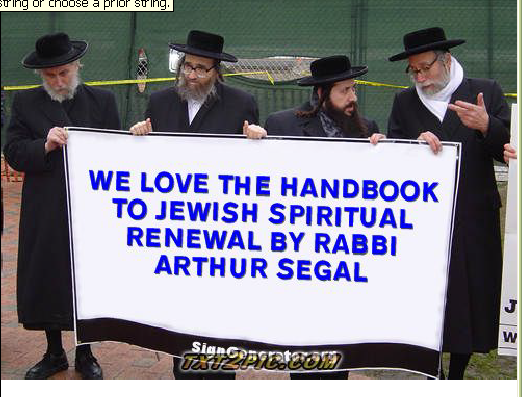Shalom, peace, happy holidays and New Year!
Let us end 2015, by hopping to the Jewish Community of Kobe, Japan. In 1868 when Japan opened itself to Western commerce, Jews arrived in Kobe, Nagasaki and Yokohama as traders. American Raphael Schover was one of first Jews to arrive. Schover published the 'Japan Express,' Japan's first foreign-language newspaper. Due to Yokohama's earthquake in 1923, and Nagasaki's decline in Russian trade, Kobe became the largest Japanese Jewish Community. Odessa's Sam Evans (Ewanoffsky), settled in Kobe in 1919, was the first Jew to become a naturalized Japanese citizen, and was president of the Ashkenazi synagogue, meeting in homes since the early 1900s. The first Sephardic synagogue, Ohel Shelomoh met in a house in 1937, founded by Rahmo Sassoon, who arrived a year before.
Circa World War I, and Russia's Revolution, Jewish immigration increased and Kobe Jews thrived. When Japan invaded China and interred Shanghai Jews, Kobe Jews were still 'free' and helped not only Chinese Jews but Jews in Europe to escape to Japan. While Japan was an ally of Nazi Germany, they did not share their anti-Semitic policies. In fact some believed propaganda that Jews controlled the world's banking and business and wanted Jews to help them after Japan 'won' the war. This view was 'confirmed' prior, in 1904, when Jewish banker, Jacob Schiff, raised huge funds for Japan during the Russo-Japanese War.
During World War II, Kobe Jews (along with Shanghai Jews) received comparatively good treatment. Sugihara Sempo, Japanese consul in Lithuania, issued 2140 transit visas to Jews to get to Japan. Since a visa was good only 2 weeks, Kotsuji Setsuzo, got Foreign Minister Matsuoka Yokosuka to allow the arriving Jews to stay in Kobe, as long as the local police acquiesced. So Kotsuji bribed the police. Lithuanian Mir Yeshiva's 300 rabbis and students, with Japan's help, were the only full yeshiva to survive the Holocaust.
On June 5, 1944, half of Kobe, including the synagogue and Jews' homes, was destroyed by Allied bombing. The Japanese helped Jews find shelter in Bunkamura. Despite rationing, Jews received extra sugar for Rosh Hashanah and extra flour for Passover matzah.
In 1970, the new synagogue building of Ohel Shelomoh was dedicated. 1995's earthquake caused it major damage. Today 30 families are members.
Rabbi Arthur Segal is an international lecturer, author, and teacher. Visit him at www.JewishSpiritualRenewal.org . Email at RabbiASegal@aol.com .
RABBI DR ARTHUR SEGAL www.JewishSpiritualRenewal.com/books www.FaceBook.com/Arthur.L.Segal www.FaceBook.com/RabbiArthurSegalJewishSpiritualRenewal www.RabbiArthurSegal.blogspot.com
Jewish Spiritual Renewal
Jewish Renewal
Jewish Spirituality
Hilton Head Island, SC; Bluffton, SC; Savannah, GA
























